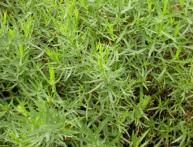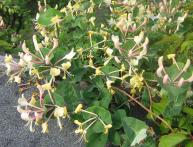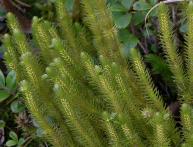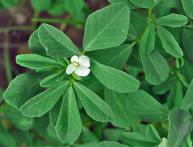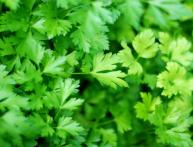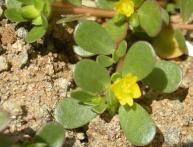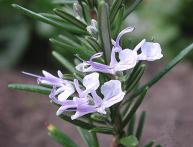Bear onion or wild garlic - what are the benefits?
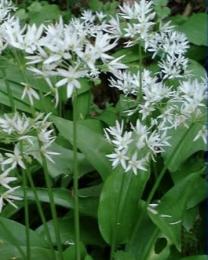
Bear onion or wild garlic tolerates shade well, growing under trees and shrubs, but it needs sufficient moisture. It prefers sandy or loamy soils and does not like alkaline or acidic soils. In addition, it does not tolerate flooding by meltwater in the spring.
Bear onions are propagated by fresh seeds or daughter bulbs. Sow seeds before winter or spring, having previously stratified them for 90 days. This onion also reproduces well by self-sowing. Cutting greenery when sowing seeds begins in the third year, after the wild garlic has grown. Onions for greens are collected before flowering, and seeds - after the capsules darken. After cutting it does not grow back again. To make the leaves of the bear onion juicier and larger, you can add compost and rotten leaves for nutrition.
The medicinal properties of bear onion are approximately the same as those of garlic.
Ramson is the first spring edible green with an excellent, slightly pungent taste, and its phytoncidal properties allow it to surpass even garlic in this regard. The leaves and petioles of this type of onion are added to salads and soups, and to fillings for pies. In addition, finely chopped or crushed wild garlic leaves and bulbs preserve meat well, preventing it from spoiling quickly.
Ramson is listed in the Red Book.Wild garlic (popular names: wild onion, bear onion, Jewish onion, viper and forest garlic, levurda, flask, chanceli) includes two similar types of onions that grow in the wild - bear onion and victory onion, which differ in the shape of their inflorescences.

